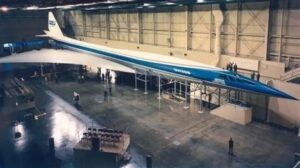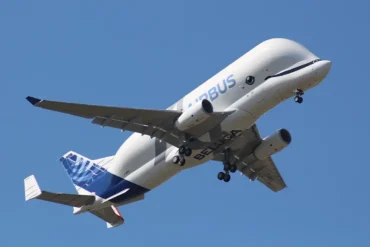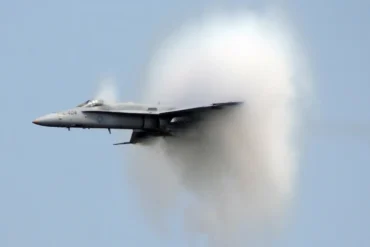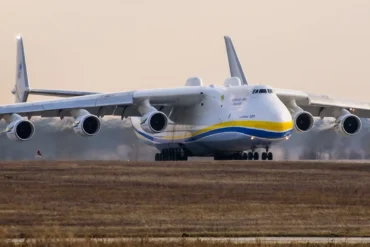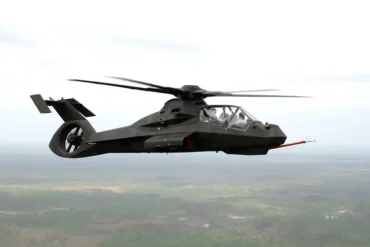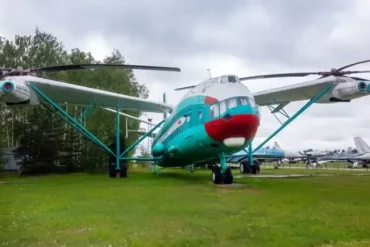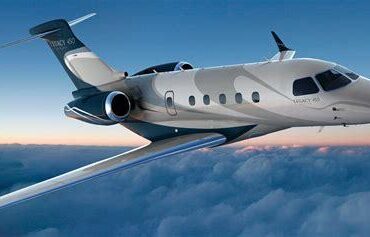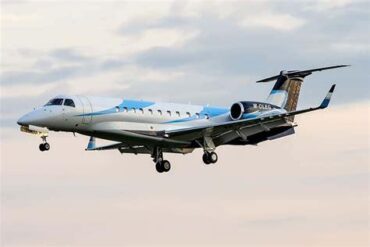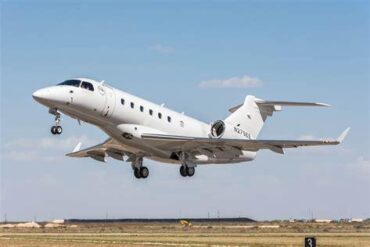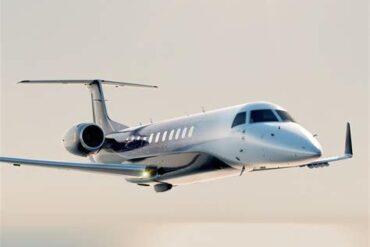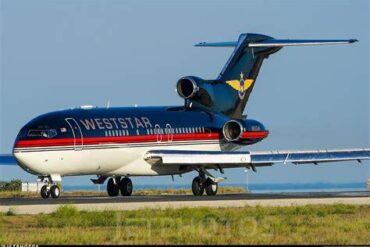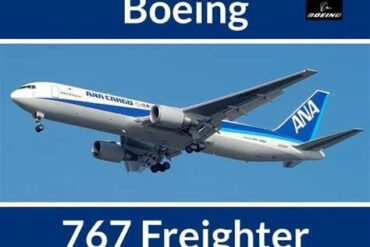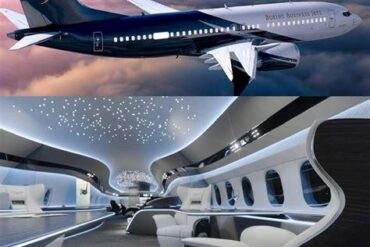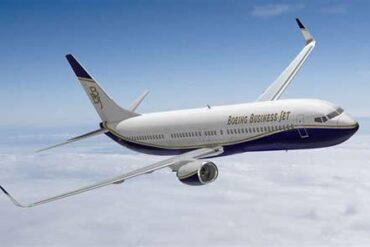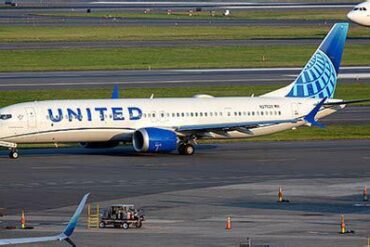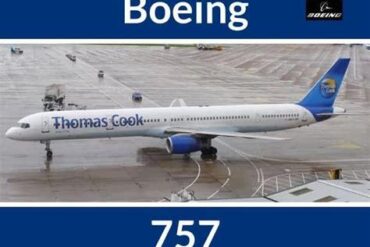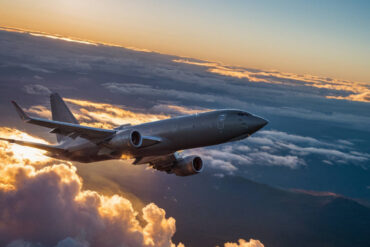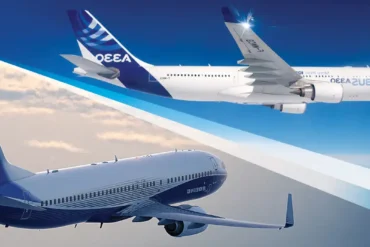Summary
- The United States once had big dreams of creating its supersonic plane, the Boeing 2707, to rival the legendary Concorde and Tupolev Tu-144.
- Despite getting tons of airline orders and plans for this larger-than-life Boeing jet, economic challenges, rising fuel costs, and environmental concerns eventually led to the project’s cancellation.
- The demise of the Boeing 2707, along with the struggles of Concorde, put a damper on confidence in supersonic air travel. But the desire for superfast journeys still lives on, as seen with the development of Boom Overture.
For over two decades, since British Airways said goodbye to Concorde, aviation fans have been longing for the return of supersonic air travel. Europe’s Concorde and the Soviet Union’s Tupolev Tu-144 remain the only commercial supersonic aircraft to date, but that could change in the coming decade.
As Boom Technology and other US startups lead the way in this supersonic renaissance, it’s easy to forget America’s past attempt to launch its own Concorde rival—the Boeing 2707.
Chasing the Sound Barrier
While Concorde ruled the transatlantic skies with British Airways and Air France from 1976 to 2003, marking its presence on flagship routes, it wasn’t the first to venture into supersonic territory back then.
In October 1947, the legendary Chuck Yeager, a daredevil US Air Force test pilot, broke the sound barrier in the rocket-powered Bell X-1, reaching Mach 1.06. This groundbreaking flight sparked a fierce race to develop both military and commercial supersonic aircraft.
Throughout the 1950s and 1960s, the United States, the Soviet Union, and Europe all worked on various projects, but only two made it past the drawing board.
With fuel costs skyrocketing during the 1973 oil crisis, airlines started looking for fuel-efficient alternatives to balance travel expenses and keep passengers flying. By 1975, the once-futuristic Concorde was starting to seem outdated, with only 14 orders left, a far cry from its earlier popularity.
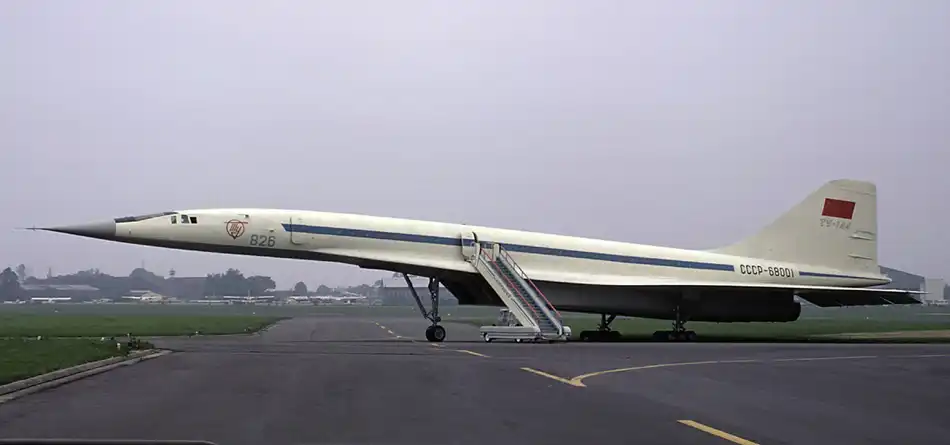
Surprisingly, the Soviet Union beat the West in the supersonic travel race by unveiling the Tupolev Tu-144 two months before Concorde. Boasting a higher top speed of Mach 2.15 compared to Concorde’s 2.04, and a larger passenger capacity, the Tu-144 seemed to have the edge. However, its limited range meant it struggled to reach the USSR’s Pacific coast from Moscow.
The Boeing 2707
Similar to the space race, the US wanted to restore national pride by outdoing the Soviet competition with its supersonic commercial jet. In the early 1960s, the Federal Aviation Administration (FAA) predicted a need for up to 500 supersonic transport (SST) aircraft by the 1990s. President John F. Kennedy pledged to cover 75% of the development costs, kickstarting the campaign.
North American, Lockheed, and Boeing all submitted proposals. Boeing emerged victorious with its Mach 3.0 capable Boeing 2707.
During development, the aircraft became incredibly popular, racking up 122 orders from 26 airlines, including industry giants Pan American and TWA. United Airlines, Northwest, and American Airlines each ordered six, while Continental Airlines and Delta Air Lines ordered three each. Despite some Concorde orders, American pride ran high, positioning the 2707 to become the dominant US-based SST.
Project Cancelled
Despite its impressive order book, the Boeing 2707 never took to the skies. In May 1971, amid ongoing economic struggles and soaring fuel prices, the US House of Representatives voted to cut funding for the project during the prototype construction phase.
Just like Concorde and the Tu-144, Boeing’s SST faced questions about fuel efficiency, leading to cautious evaluations of its market viability. The aviation industry was increasingly favoring Boeing’s 747 jumbo jet concept, which offered higher capacity and more affordable fares, making air travel accessible to more people. The 747 avoided the design complexities of using specialized lightweight materials or exploring new engine concepts.
Environmental concerns from US citizens also plagued Boeing’s 2707, with noise pollution, sonic booms, and ozone layer depletion identified as major issues. The sonic boom problem remains unsolved, contributing to Concorde’s limited success in the US and ongoing challenges in subsequent SST development programs.
SST’s Lasting Impact
Similar hurdles affected the Concorde program, limiting its success. After the Boeing 2707’s cancellation, confidence in supersonic air travel took a nosedive, shifting airline focus towards capacity over speed. The Boeing 747, McDonnell-Douglas DC-10, and Airbus A300 emerged as major successes throughout the 1970s and beyond.
Nevertheless, SST wasn’t a total loss; Concorde found a niche catering to the ultra-wealthy on transatlantic routes with Air France and British Airways. Despite never recouping its development costs, Concorde operated profitably, with British Airways earning up to £50 million ($61 million) in its most lucrative year. Air France averaged roughly half that amount.
Even though the Boeing 2707 never graced the skies, its influence lives on in contemporary developments. The demand for SST still exists, a goal pursued by Boom Technology with the ongoing development of the Boom Overture, aiming to bring supersonic travel back to the masses.
To address the noise and environmental issues that doomed the 2707, the Boom Overture is designed to operate at about half the speed of Concorde, around Mach 1.7, powered by four non-afterburning engines. Renewed interest in supersonic travel has prompted the FAA and the International Civil Aviation Organization (ICAO) to revisit regulations, considering approvals for overland supersonic flights.
As of November 2023, the aircraft has secured 35 orders from American Airlines and United Airlines, with Virgin Atlantic, Japan Airlines, and undisclosed customers holding options for up to 171 jets.
